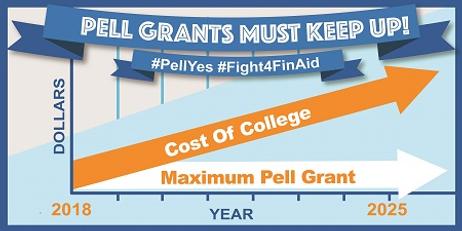Introduction
For many families, community college (or two-year college) is an affordable, accessible route to higher education. But despite lower tuition, costs remain — from books and supplies to living expenses. Scholarships can bridge that gap. This article provides a comprehensive, up-to-date guide for parents and students navigating scholarships for community college students in 2025, with concrete examples, strategies, and warnings.
Why Scholarships Matter at Community Colleges
Unlike federal loans or Pell Grants, scholarships do not need to be repaid.
They help reduce reliance on student loans or part-time work.
For students planning to transfer to a four-year university, a scholarship in the two-year phase can free up financial resources later.
They play a crucial role in retention: students with scholarship support are likely to complete their programs.
Parents often ask: “Should we bother applying to scholarships for community college? Isn’t it mostly for four-year schools?” The answer is yes — there are meaningful opportunities specifically targeting community college students, and leveraging them is wise.
Types of Scholarships Available
Scholarships for community college students generally fall into these categories:
| Type | Who Offers It | Typical Criteria | Examples / Notes |
|---|---|---|---|
| Institutional / college-based | Community college’s foundation or scholarship office | Enrolled students (often minimum credits), GPA, essays | Many colleges bundle all internal scholarships under one application. For example, North Hennepin Community College offers over 120 scholarships ranging from |



















